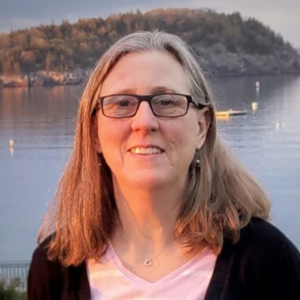Dr. Earl has been an educator for 40 years, working primarily with children from birth to 22 who are deaf and hard of hearing. During her years in Idaho, Maine, Hawaii, Texas, and Ohio as a speech therapist, teacher, special education consultant, and professor she enjoyed exposure to different cultures, dialects, and languages providing a deeper appreciation of the complexities of language acquisition and production in children and adults.
Dr. Earl studied Speech Pathology and Audiology at Idaho State University where she had her first in-depth exposure to using communication through the air. Her Master’s thesis from Texas Woman’s University in Deaf Education focused on a case study of a Deaf man with a right hemisphere lesion resulting in visual-spatial impairments and no marked deficits in his ability to use American sign language. Dr. Earl pursued her fascination with deafness and language acquisition during her Doctoral study in Special Education at the University of Cincinnati, writing her dissertation on the effects of using cued Dutch and cued Spanish for bilingual language access for a baby with auditory neuropathy spectrum disorder.
As adjunct faculty at the University of Maine, Dr. Earl enjoyed teaching courses in the Teacher Education department in Reading Strategies and Interventions, Language Development in the Exceptional Learner, and American Sign Language. As a Certified Instructor of Cued Speech and Teacher of the Deaf, Dr. Earl has presented nationally and internationally on the benefits of using Cued Speech with children and adults to provide visual access to the spoken language(s) of their home and therefore facilitating age appropriate language and literacy development.
Dr. Earl supports the study and use of both Cued Speech and American Sign Language (ASL) with children and adults who are deaf to provide clear and consistent visual access to languages. Her most recent interests focus on how mirror neurons interact with the language areas of the brain to facilitate visual processing of cued languages in babies.
